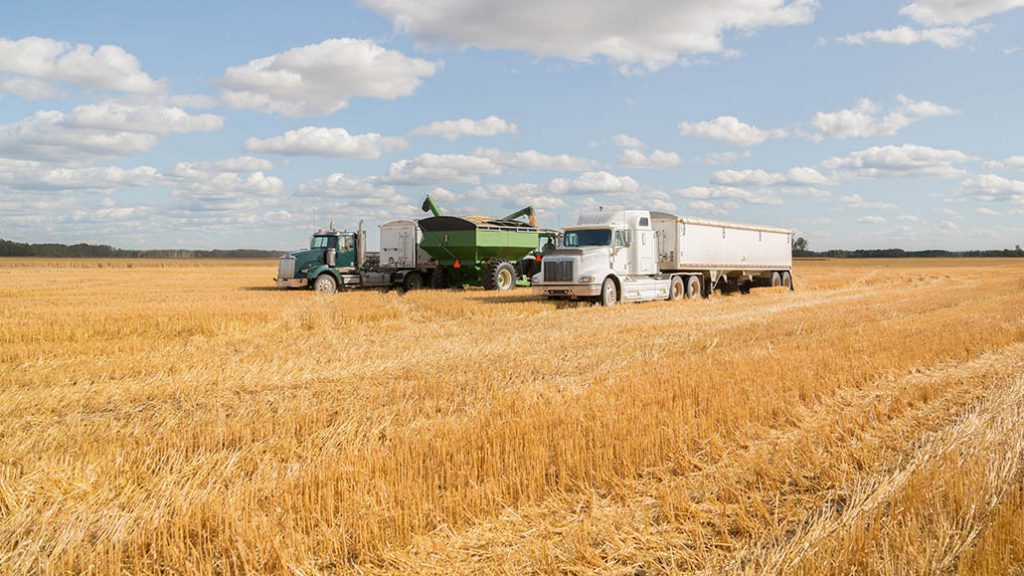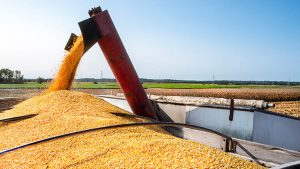Are you a bull or a bear?
UNDERSTANDING YOUR MARKETING STYLE

WITH THE MARKETS shifting from a bear to a bull market in the last few months, I thought I’d provide some practical advice on how you, as grain farmers, can navigate the current choppy waters.
First, a quick primer on what, exactly, constitutes bull and bear markets. A bull market happens when prices, over time, go up. With bear markets, prices, over time, go down.
It’s the ‘over time’ bit that is important. Prices don’t necessarily always go up every day in a bull market — it is about general trends, not the day-to-day up and down movements.
In humans — and particularly in farmers — I have found that most people tend to take a bear or bull approach. There are some middle-of-the-roaders, but not many. The trick is to recognize which one you are and develop marketing strategies that accommodate your business needs and help you stay profitable.
The hard part is not getting stuck in either a bear or bull approach.
BEARISH
Basically, bearish folks tend to think prices will go down. They sell their production early in the season to take advantage of current prices before they bottom out. They do very well in a bear market and miss out when the markets turn bullish.
My advice for the bears is to spread out your marketing over time. Take, say, 25 per cent of your crop and hold onto it in case prices do go up. That way, you are not sold out if and/or when they do rise. Pump the brakes a bit and pick a price you think is high for the last portion of your marketing.
BULLISH
Bullish farmers, on the other hand, anticipate prices getting better. They hang on to their crops waiting for the prices to improve and sell when they think they are at their peak. These people do very well in bull markets, but tend to lose out if markets stay bearish.
For bulls, I reverse the advice I give to bears. Once you have the crop in and paid for all your inputs, sell a portion of your production up front. Use an average yield and, if it is profitable, sell that 25 per cent. Bullish farmers turn down good prices in anticipation of amazing prices, so just forcing themselves to sell a bit at the outset could keep them in the black. This is especially important, when, in general, amazing prices are only available in three out of 10 years.
In both scenarios, you have to keep an eye on things and maybe adjust your strategy every few months. But, over the long run, either holding a bit back if you are a bear or selling a bit early if you are a bull is likely to work out better.
STRATEGY
We don’t know going into a season whether it is going to be a bear or bull market. That is why it’s important to have a strategy over the entire calendar year. It’s also important to stick to it to meet your goals. With the current barrage of day-to-day internet marketing news, articles and coffee-shop advice — which is frequently just noise — it’s hard to know who to listen to or trust.
While it’s smart to stay informed and understand where markets are trending, it’s also a good idea not to find yourself in an echo chamber — reading material or listening to advice that only reinforces your own bullish or bearish tendencies.
There is no one ‘right’ way of marketing. Rather than bouncing around with the daily ups and downs of prices, keep an eye on how they are trending over time. In my 15 years of experience, market trends only shift once or twice during the year — even though it may seem more frequent than that with daily swings being so common.
In the end, you want to establish goals that meet your business needs, and develop a plan to get there that suits you. There are massive benefits to both bull and bear approaches and I don’t try to dissuade anyone from their core approach, but sometimes a little bit of flexibility — even if it puts you outside your comfort zone — can offer even greater benefits.
Jeff Robinson is a grain merchandiser for Woodrill Farms Ltd. •


























